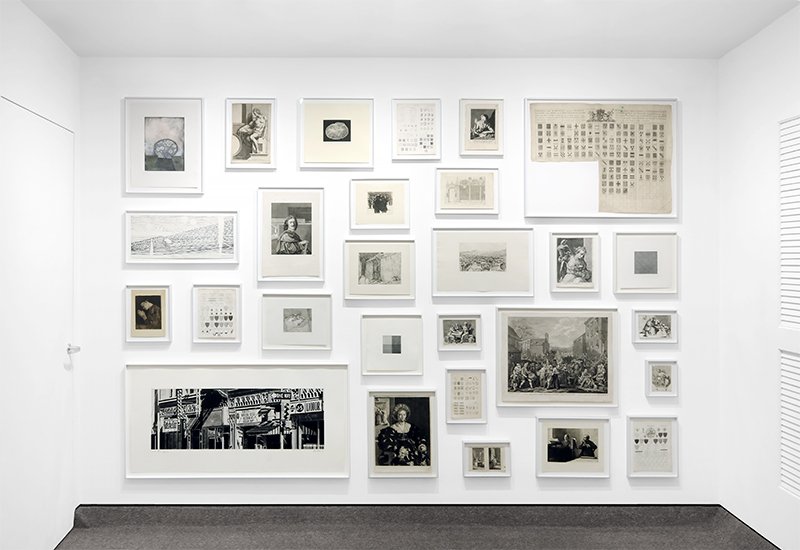

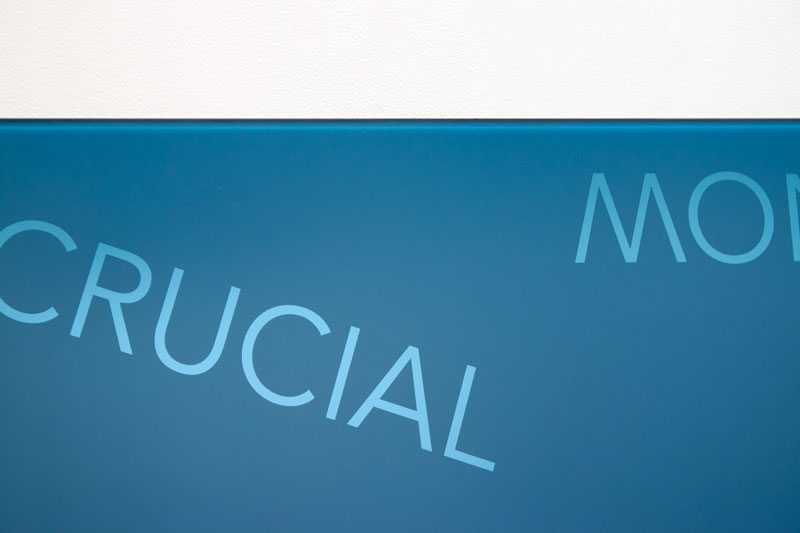
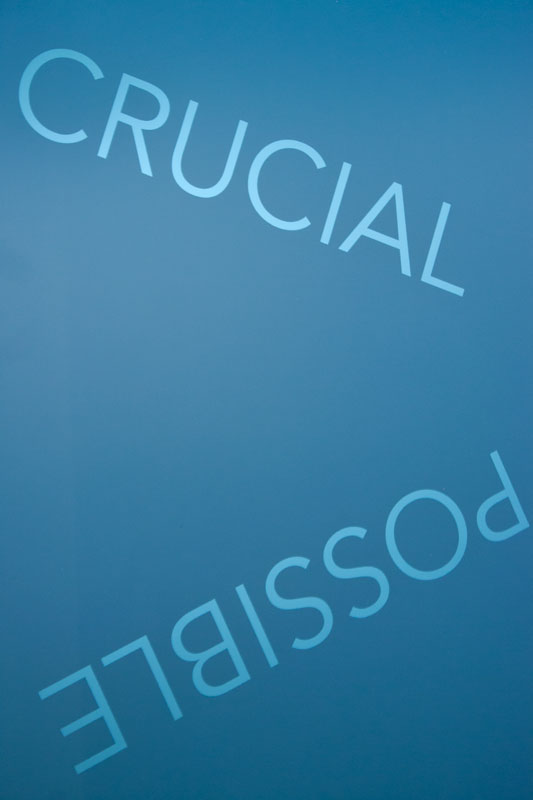
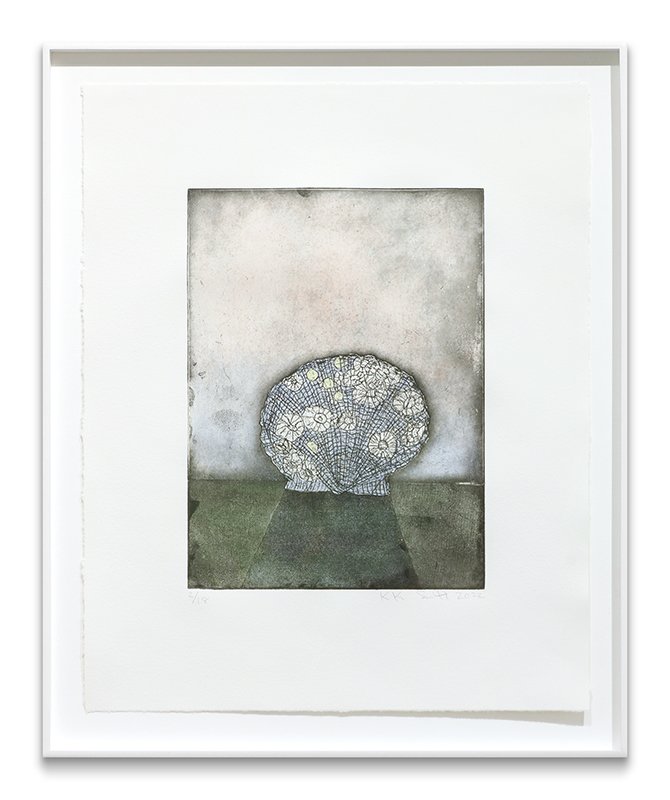
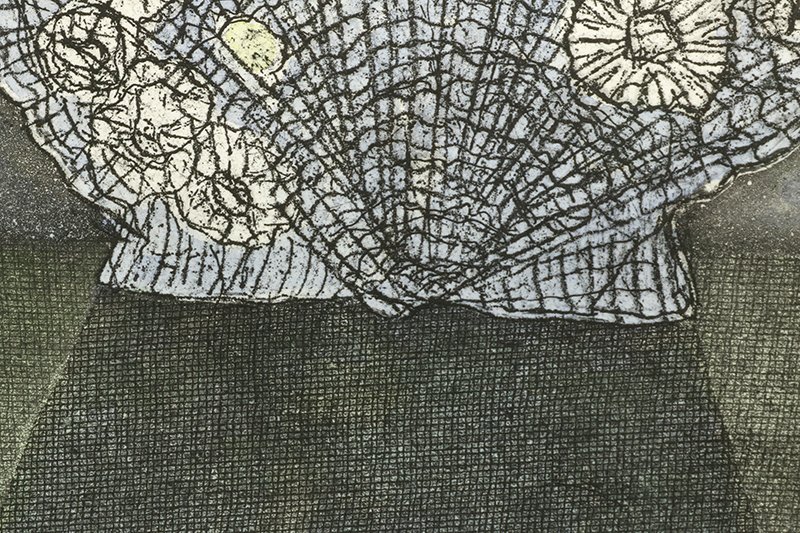
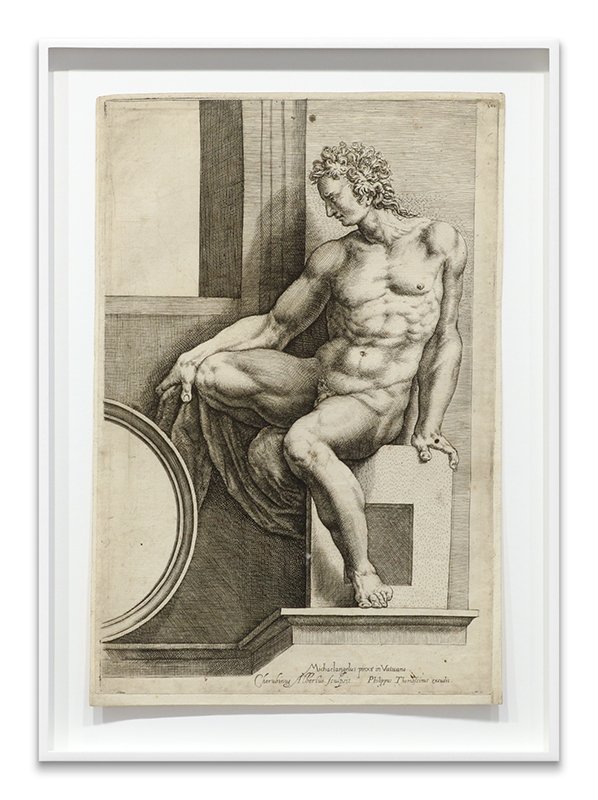
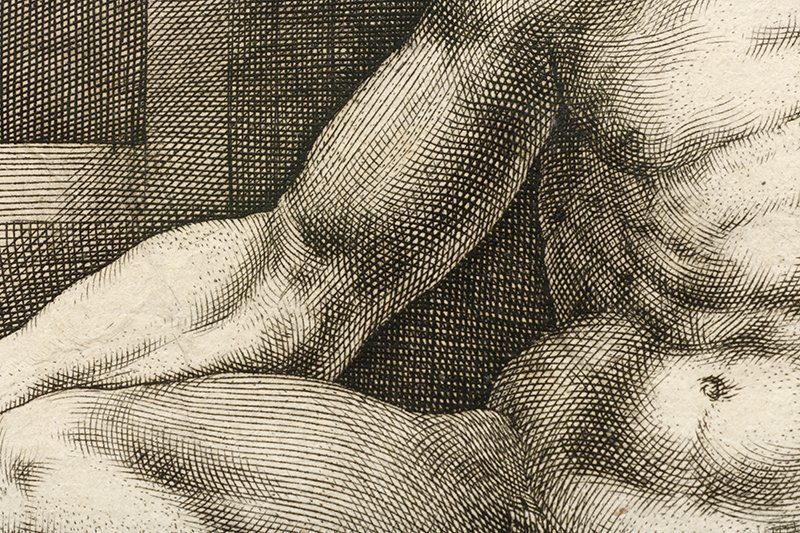
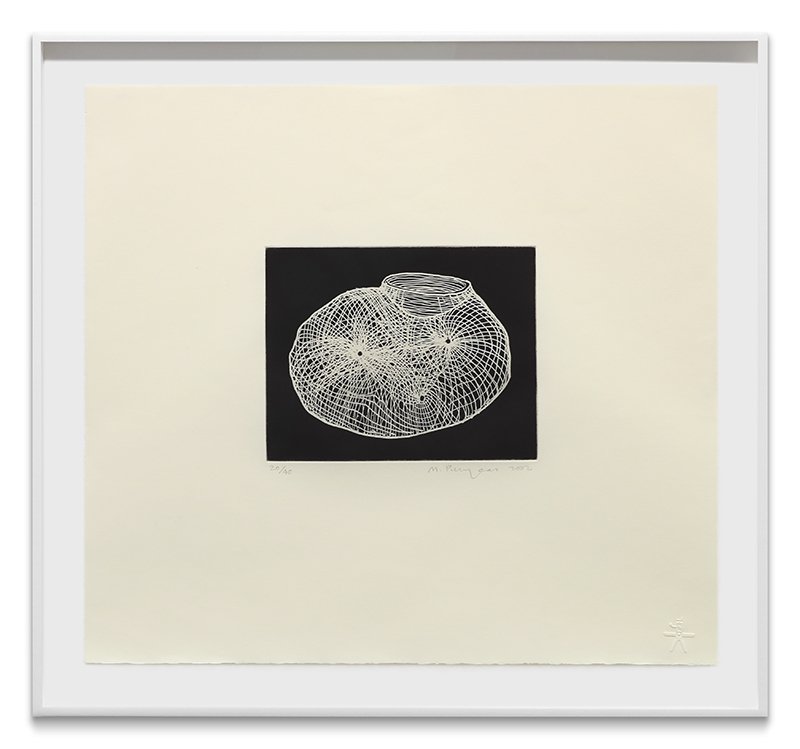
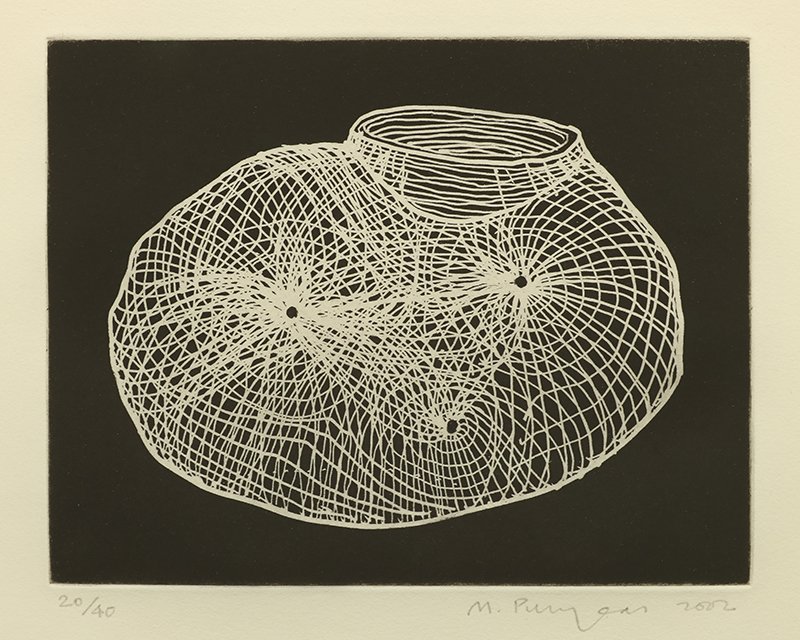
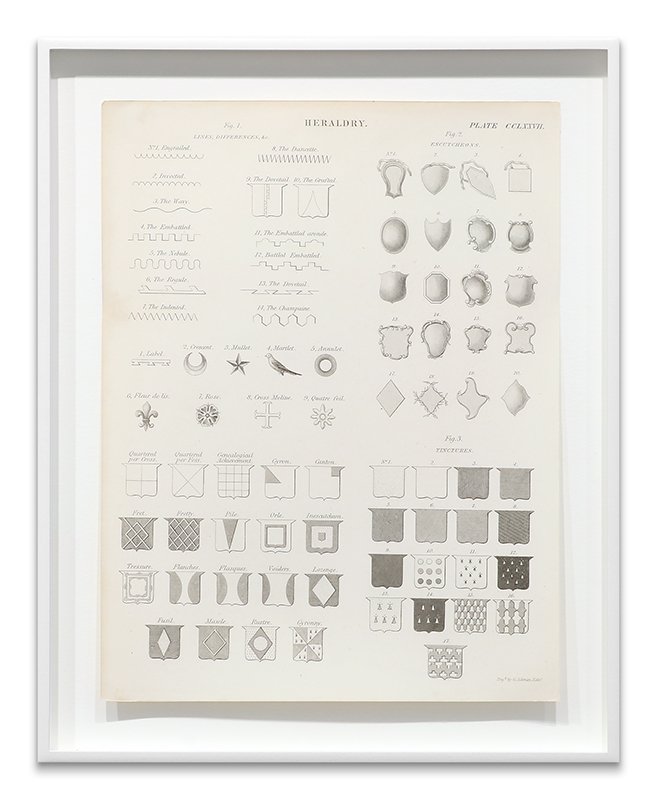

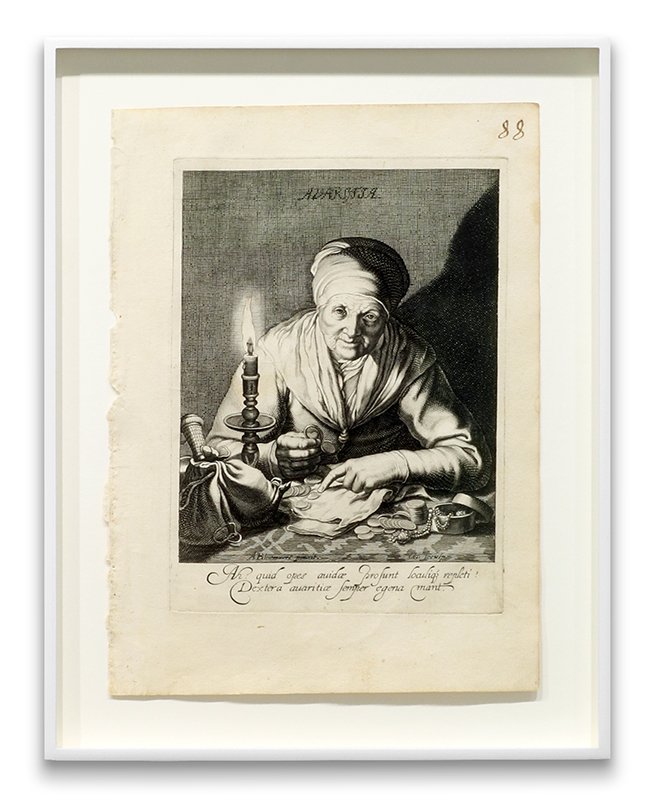
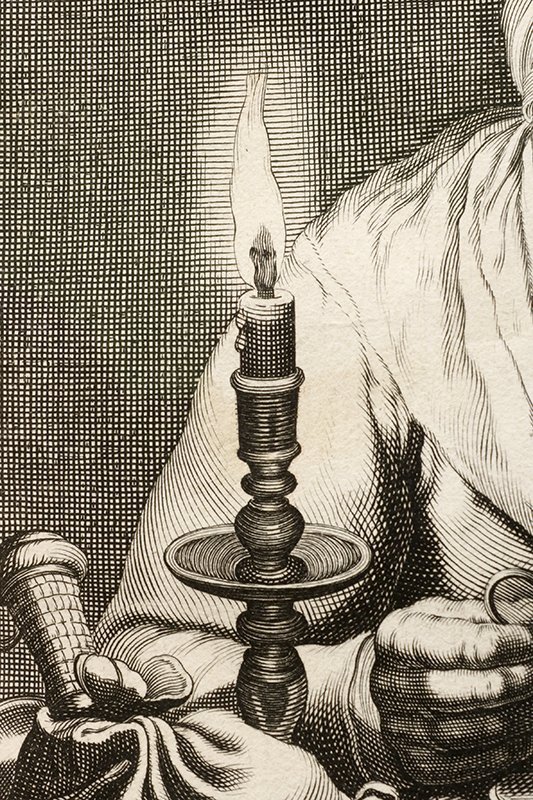
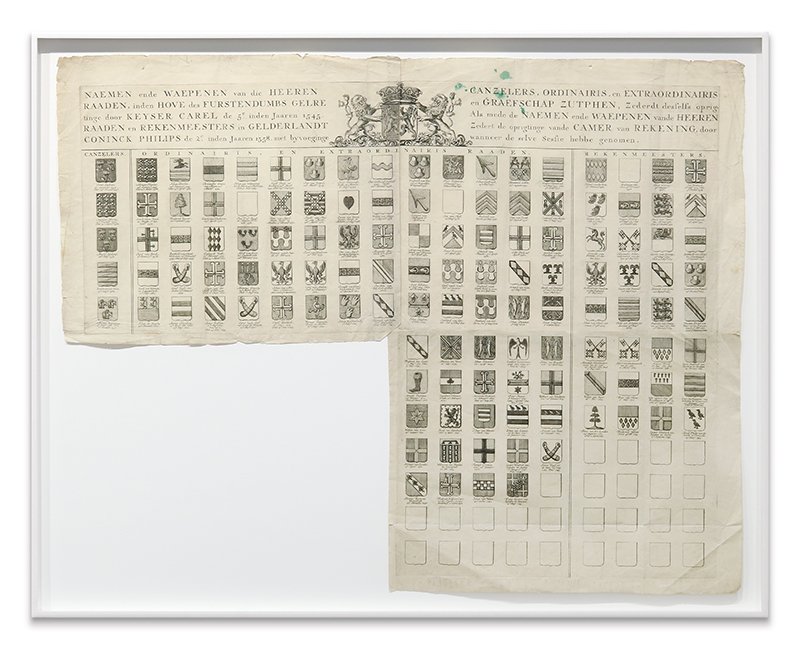
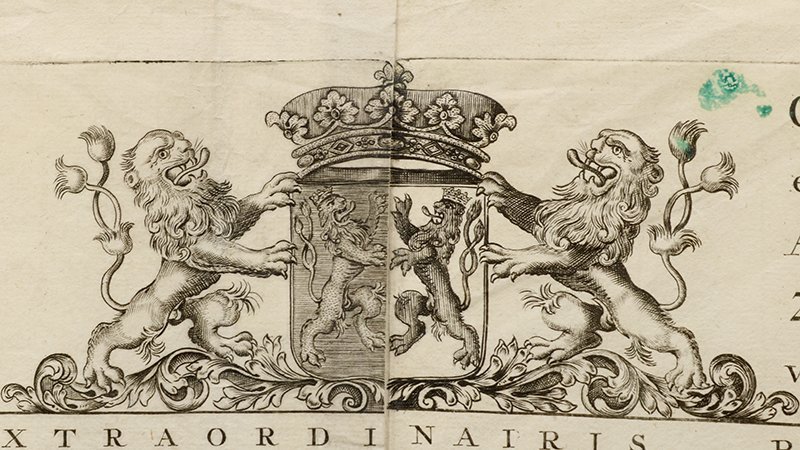
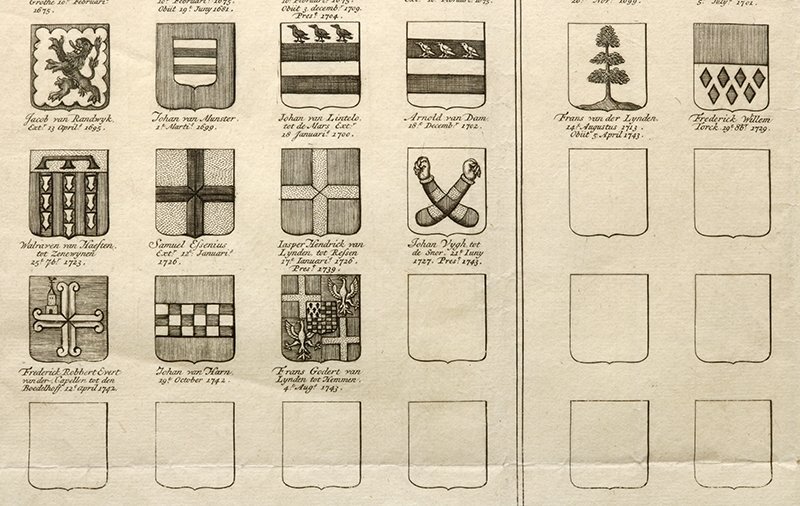
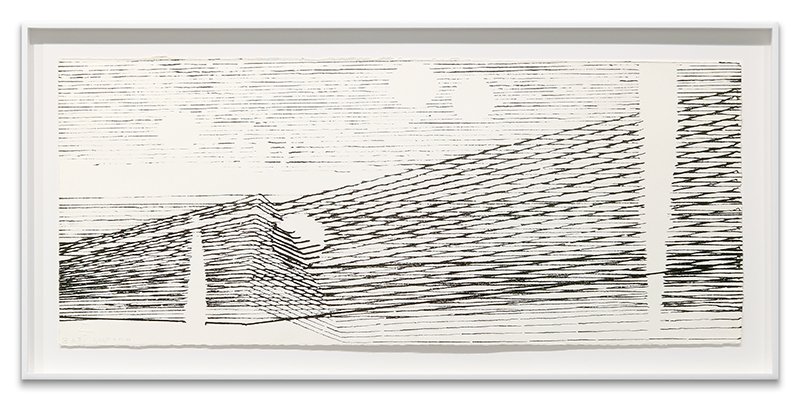

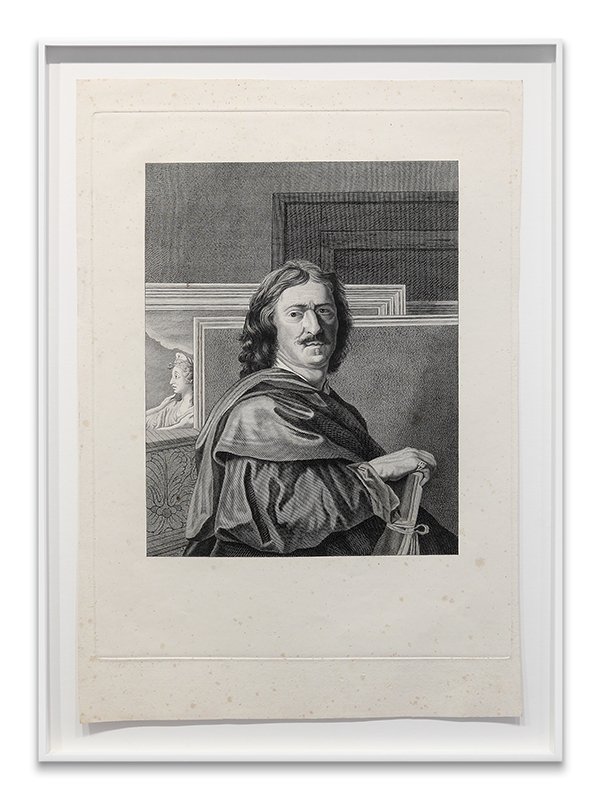
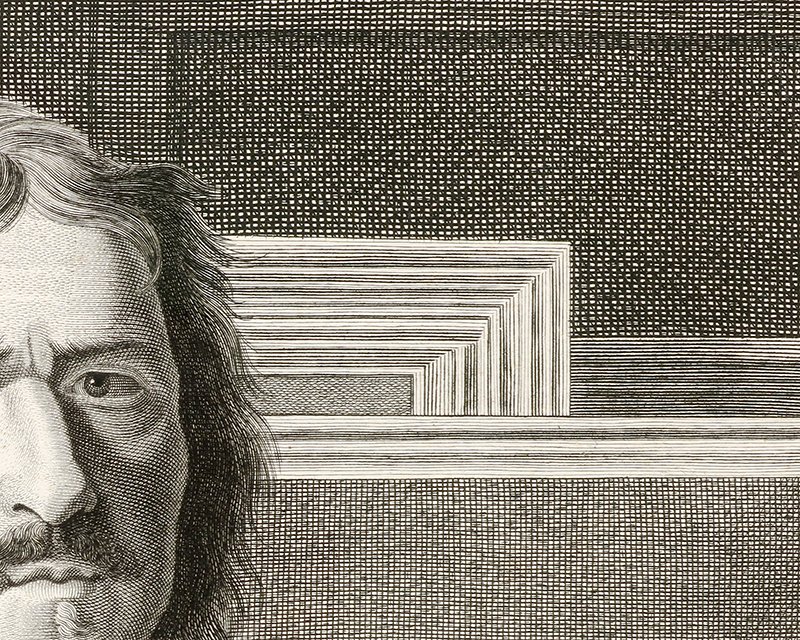
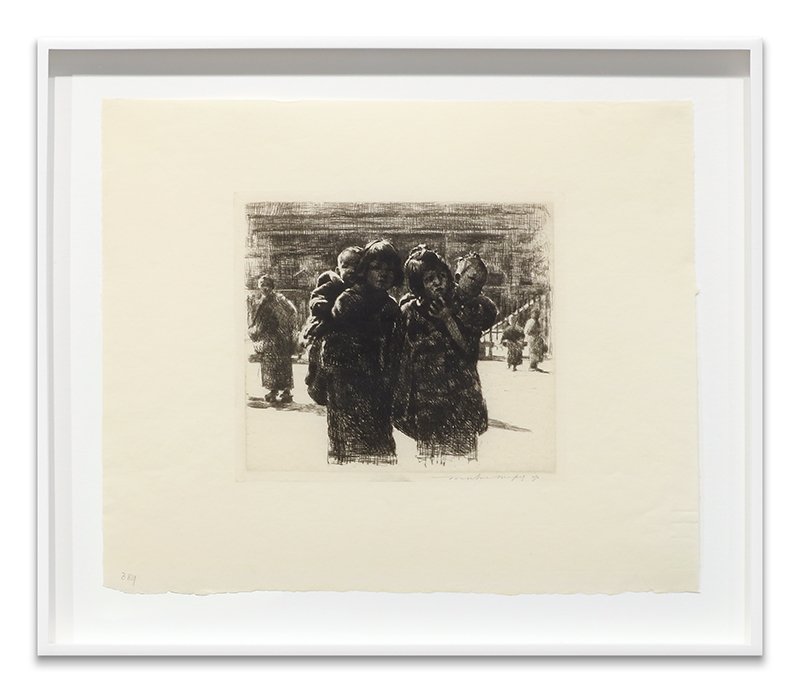
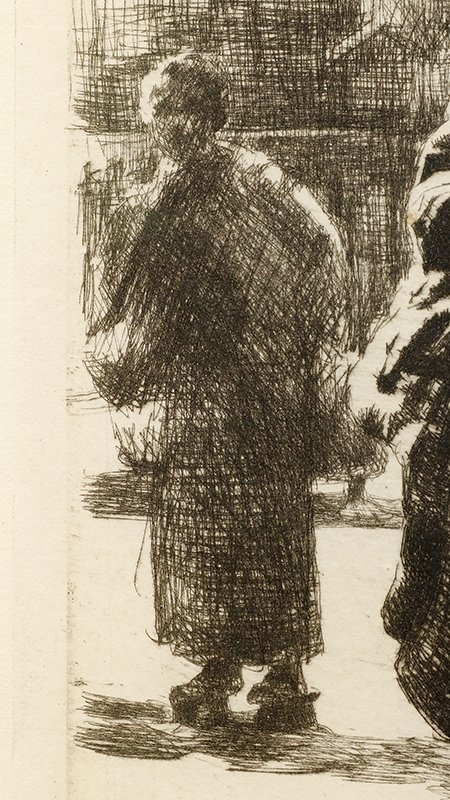
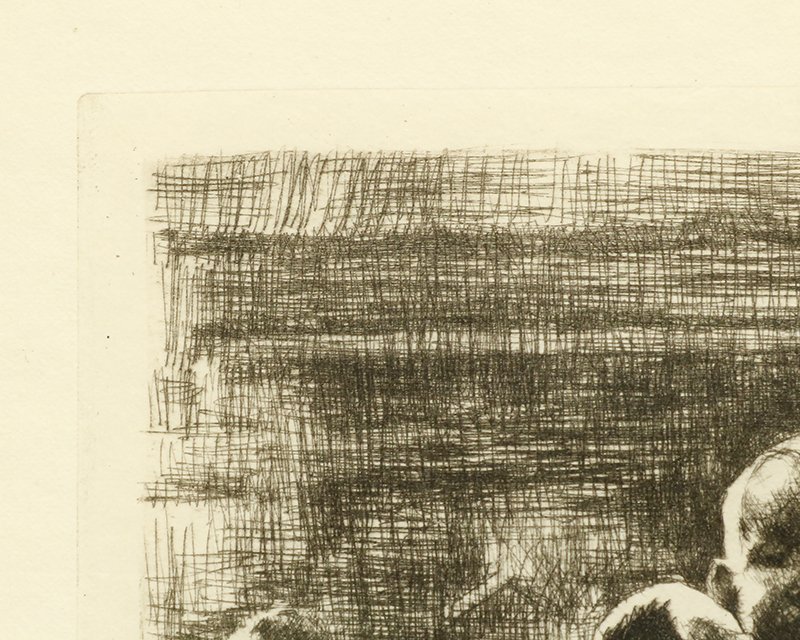
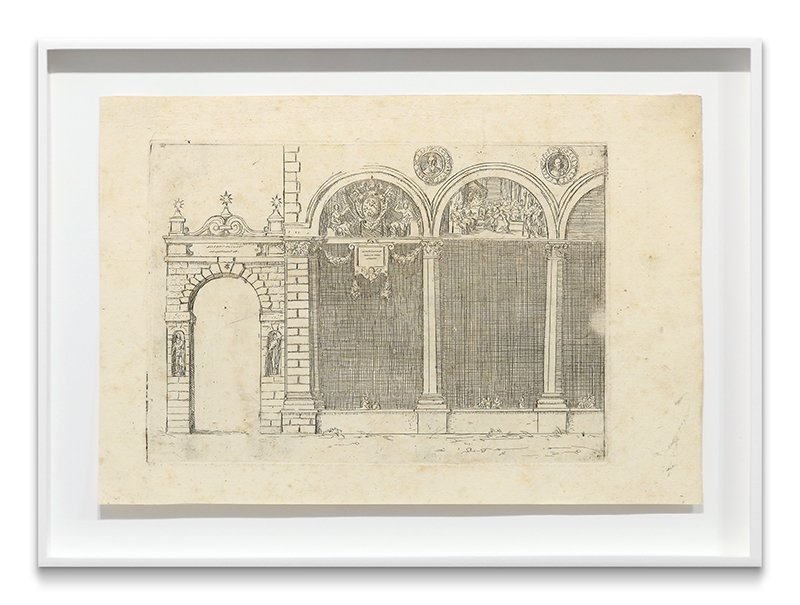
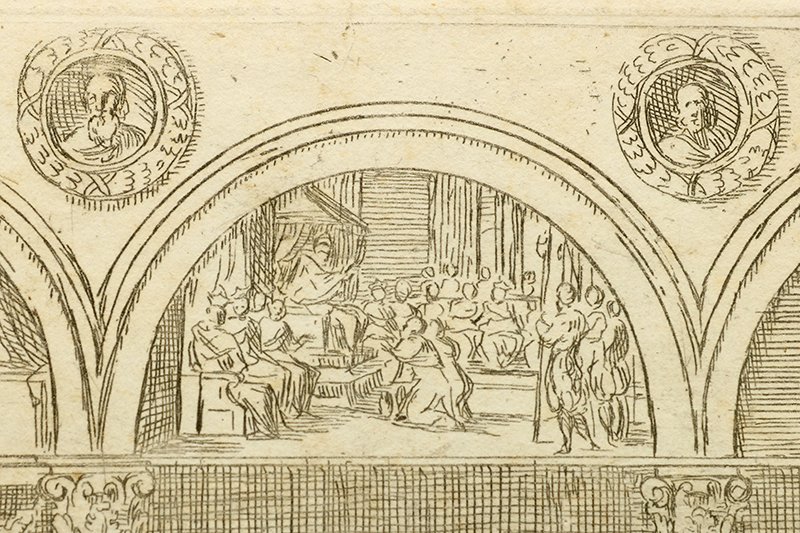
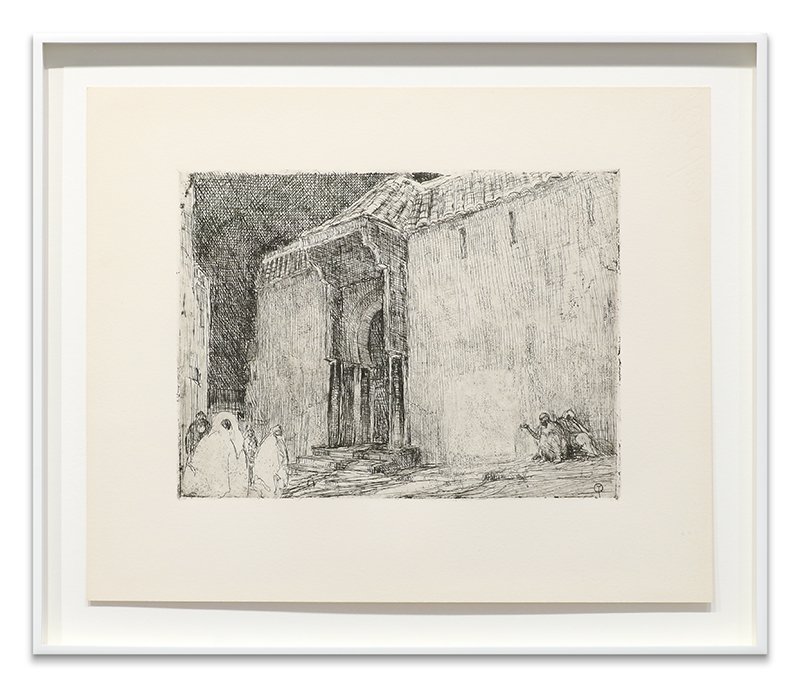
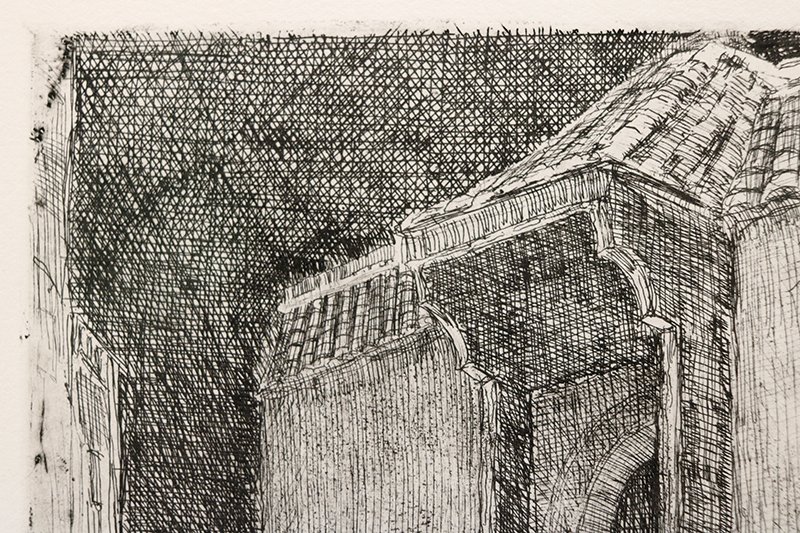
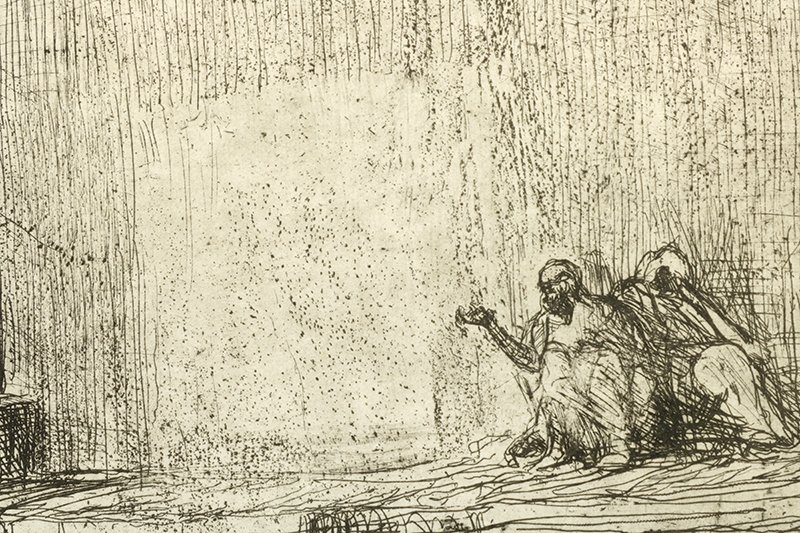
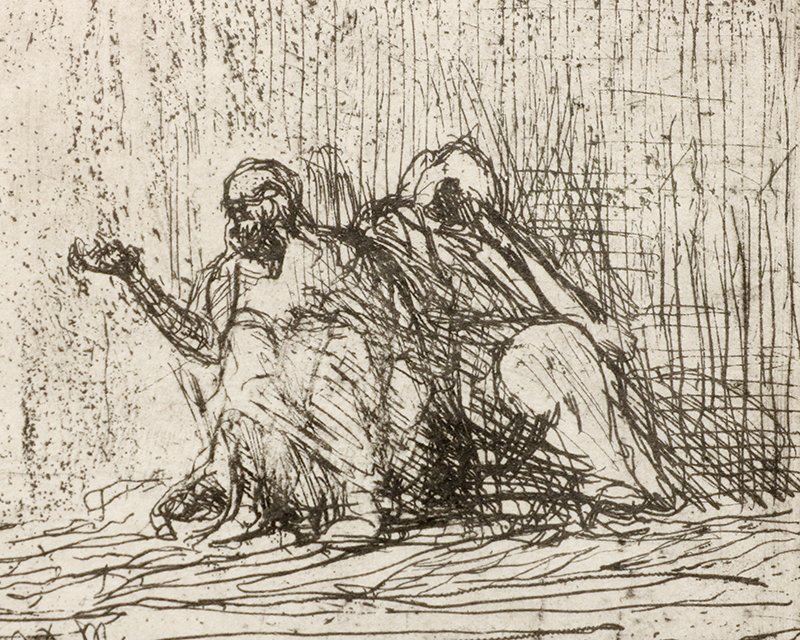
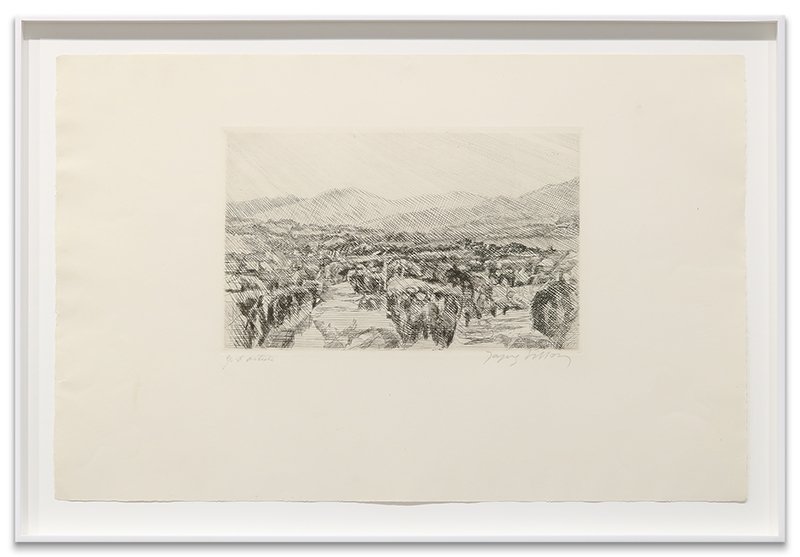
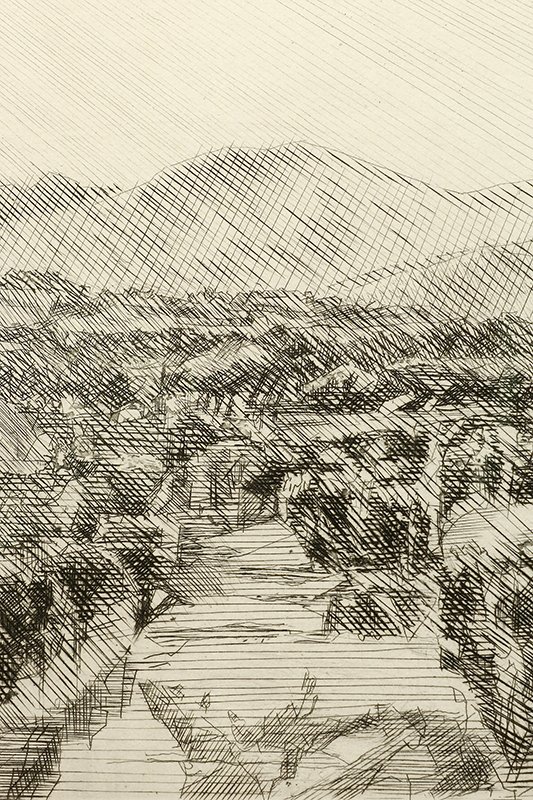
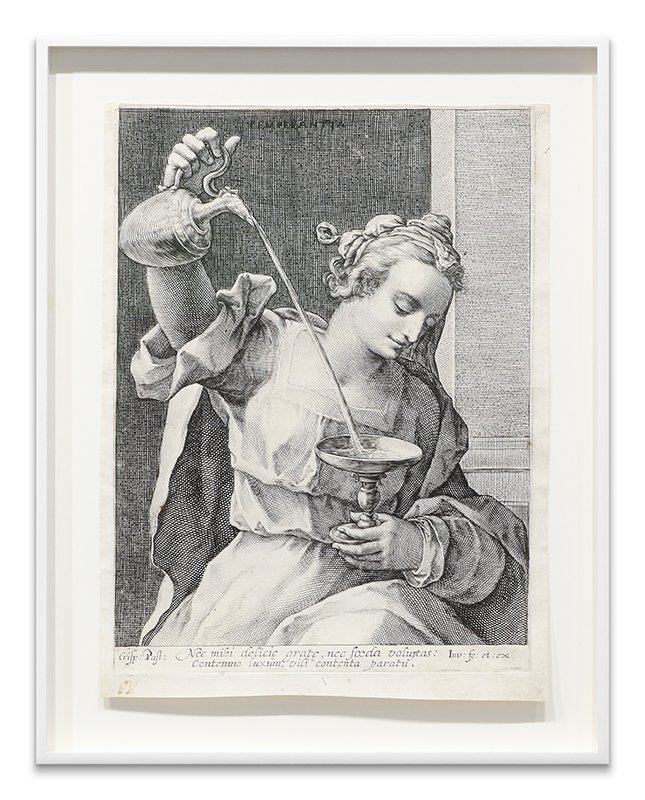
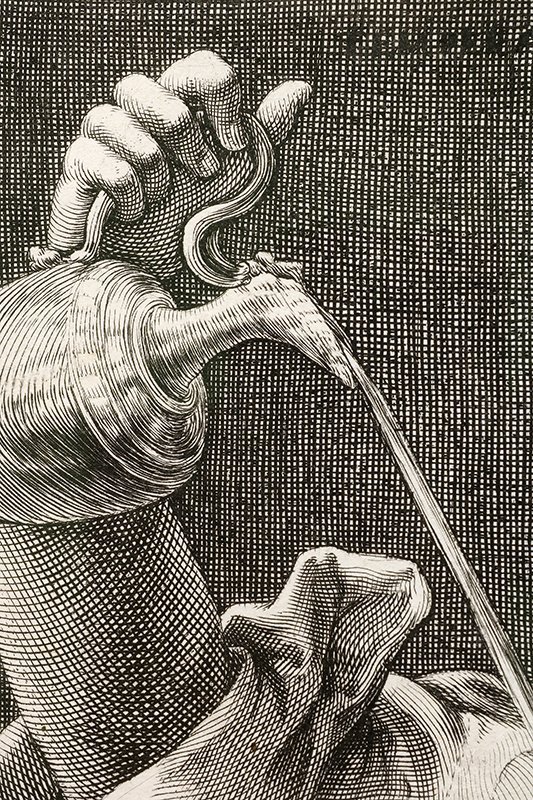
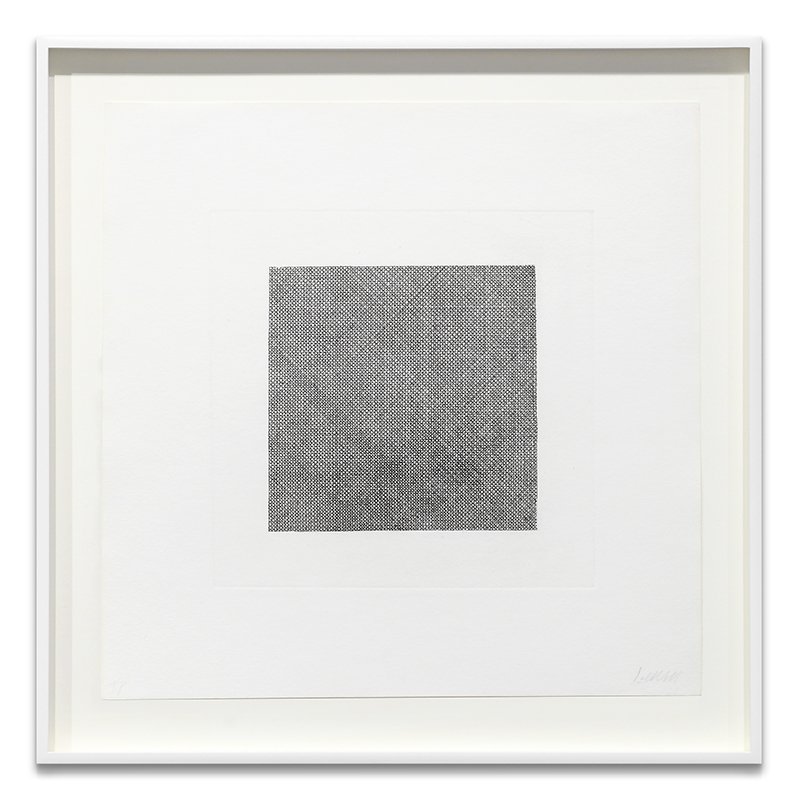
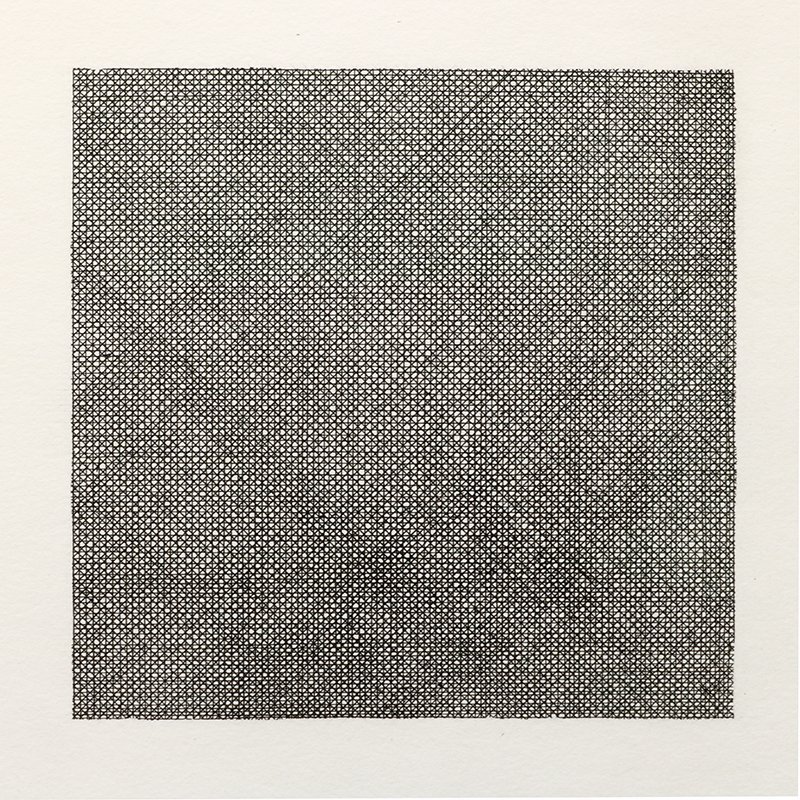
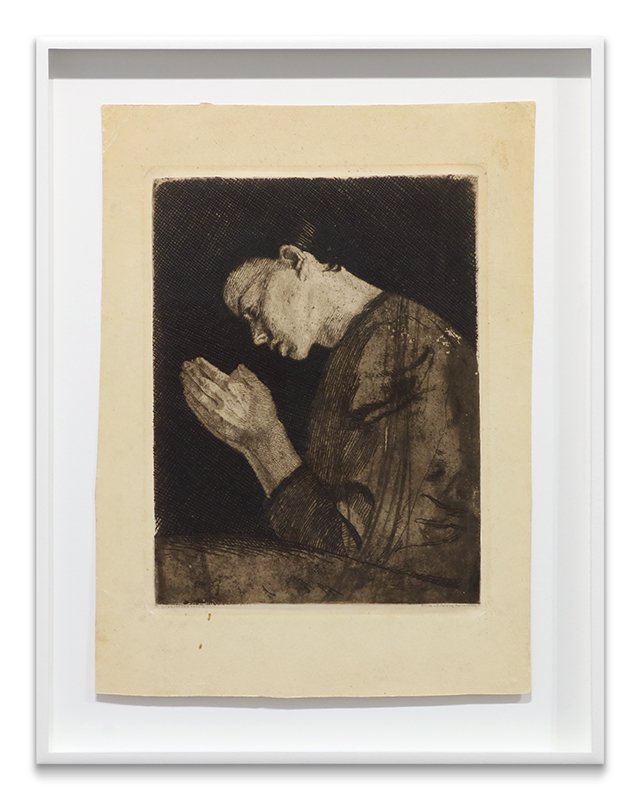
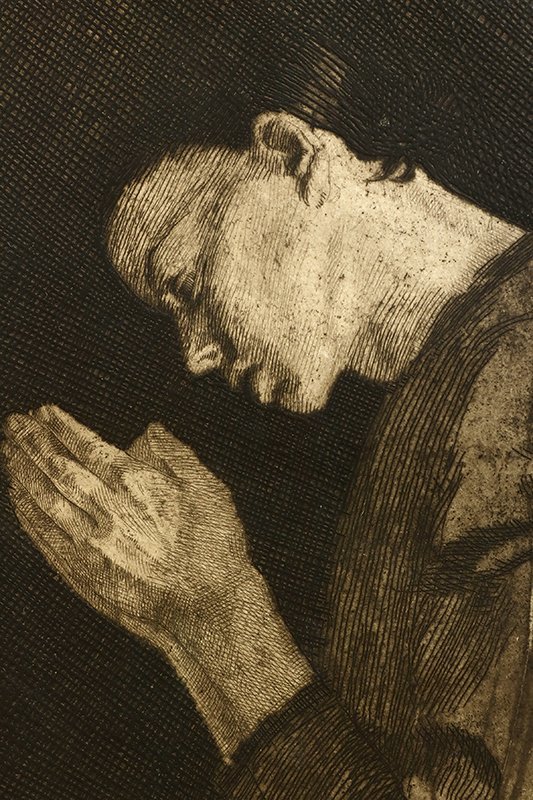
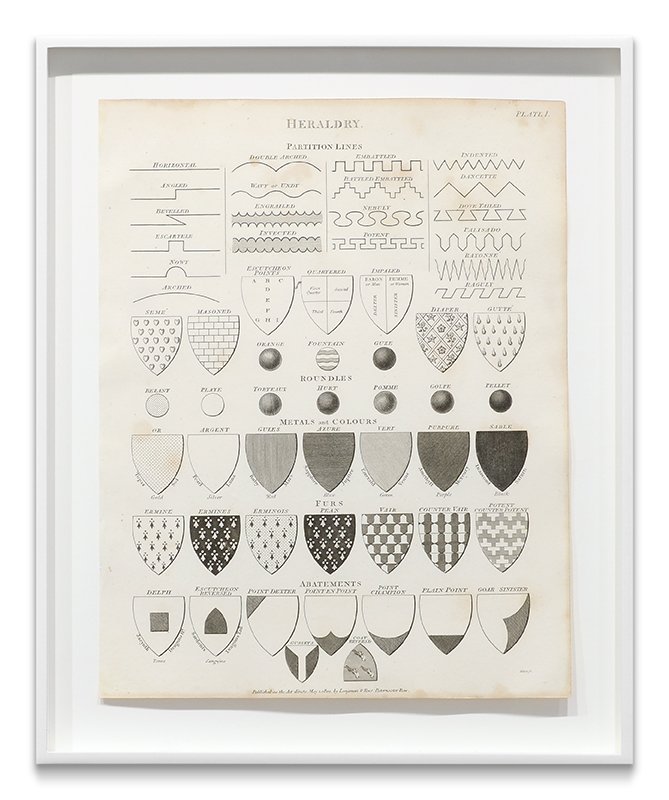
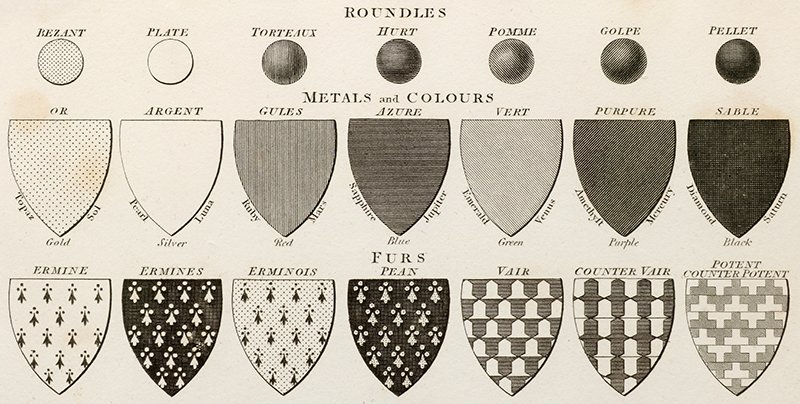
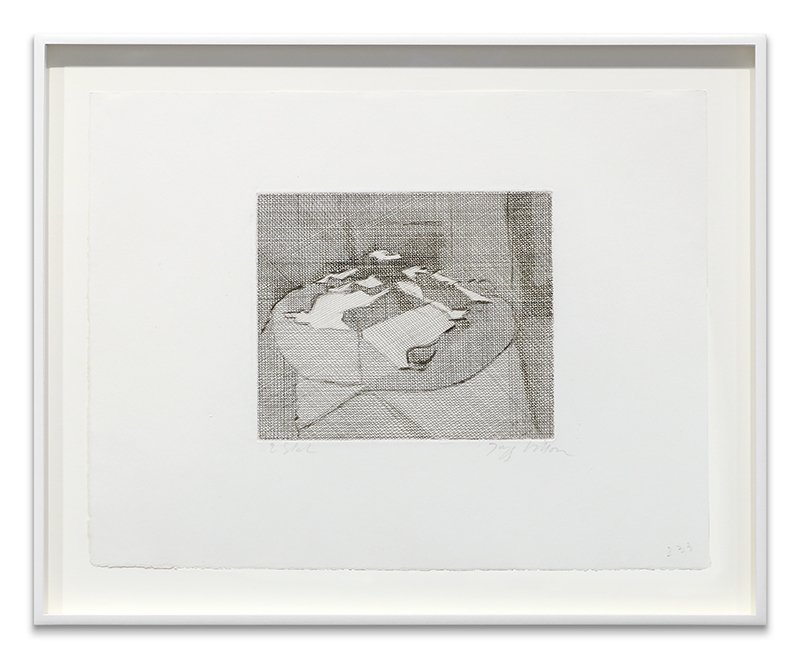
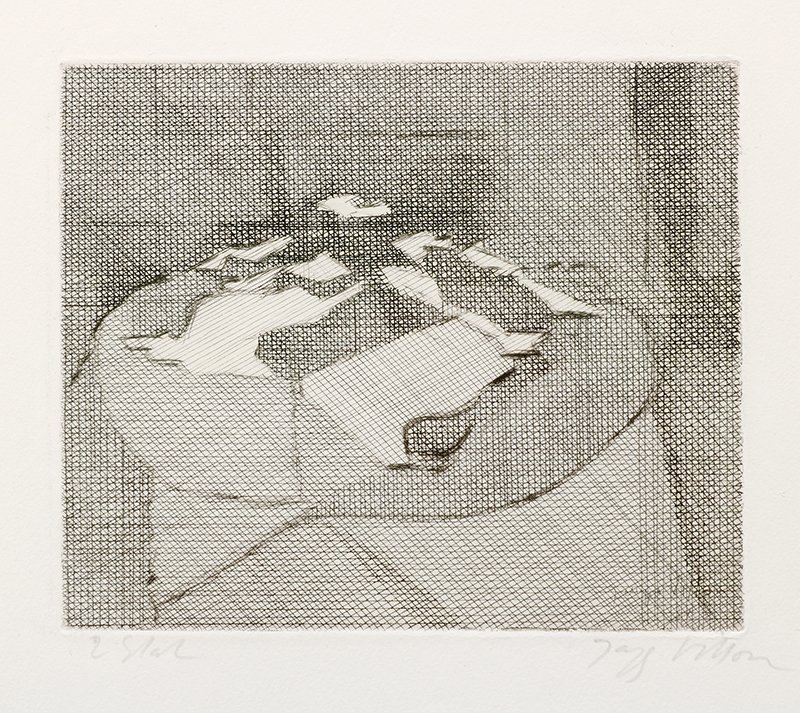
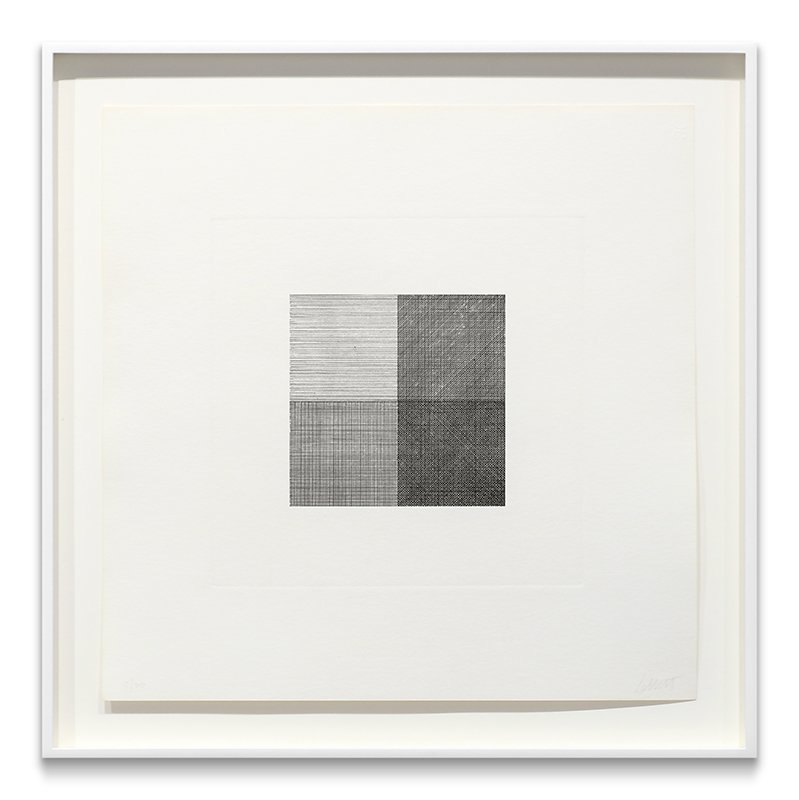
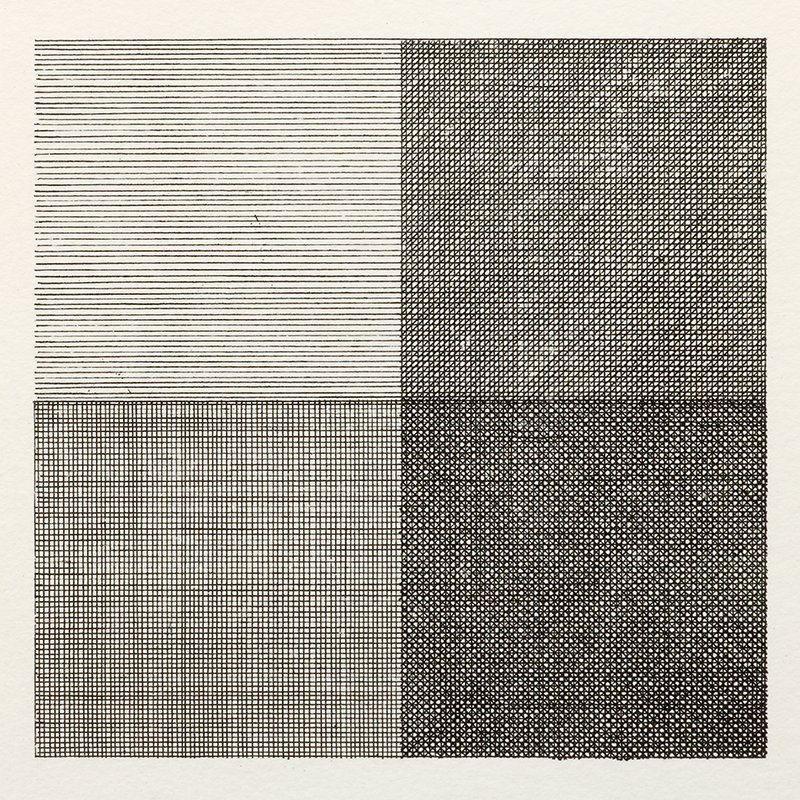
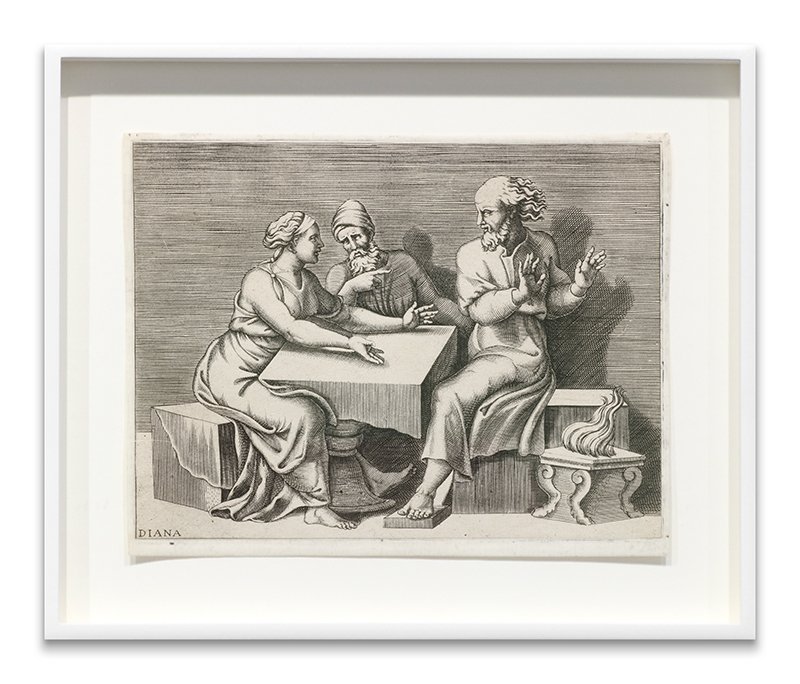
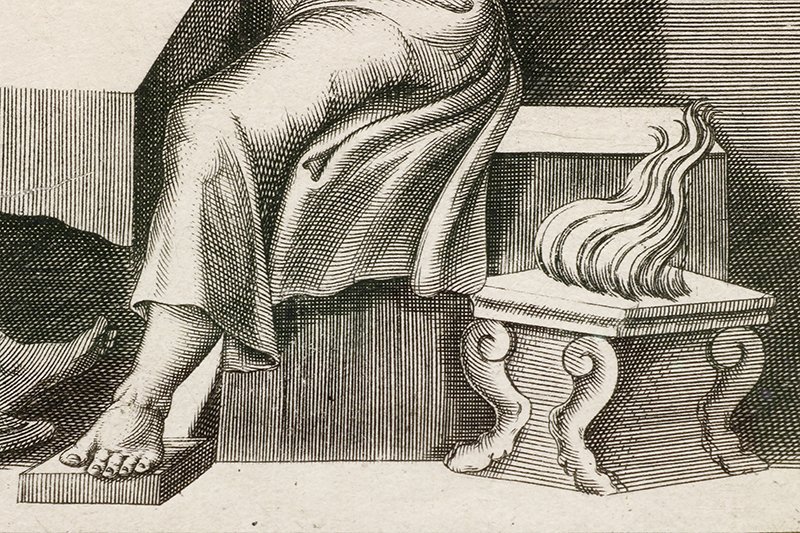
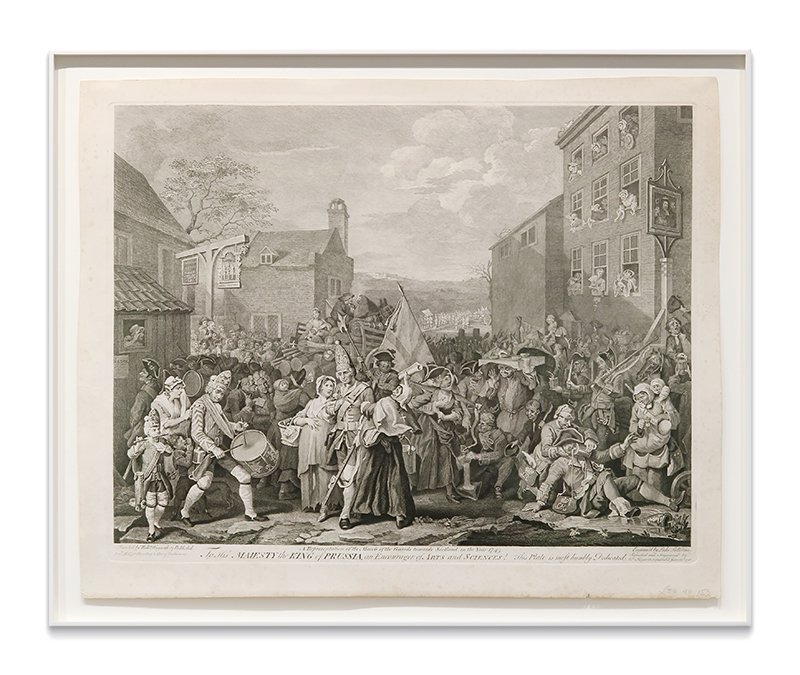
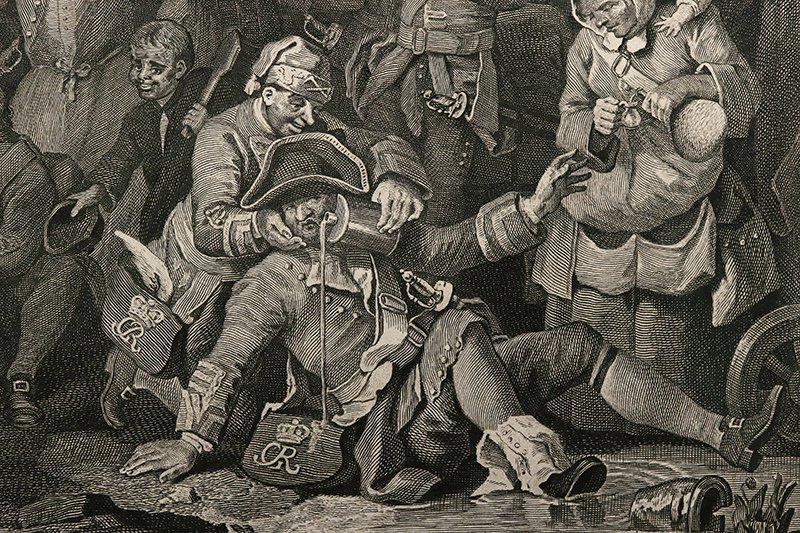
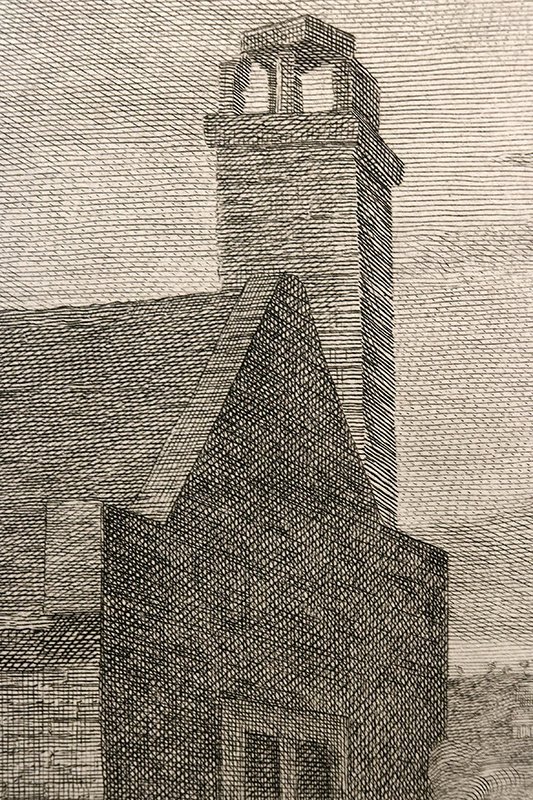
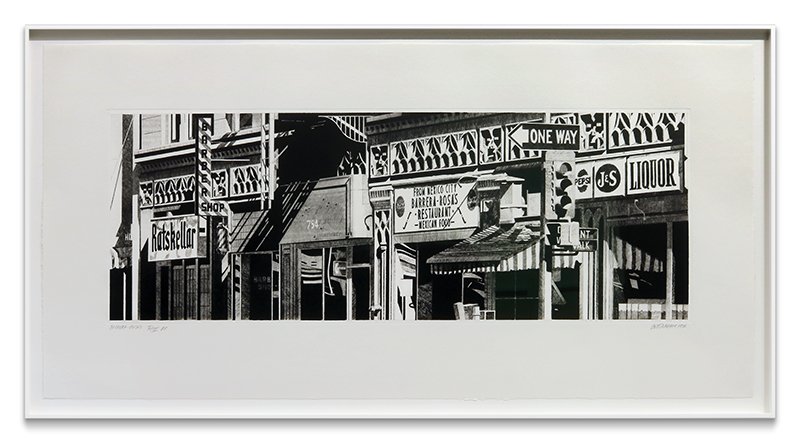
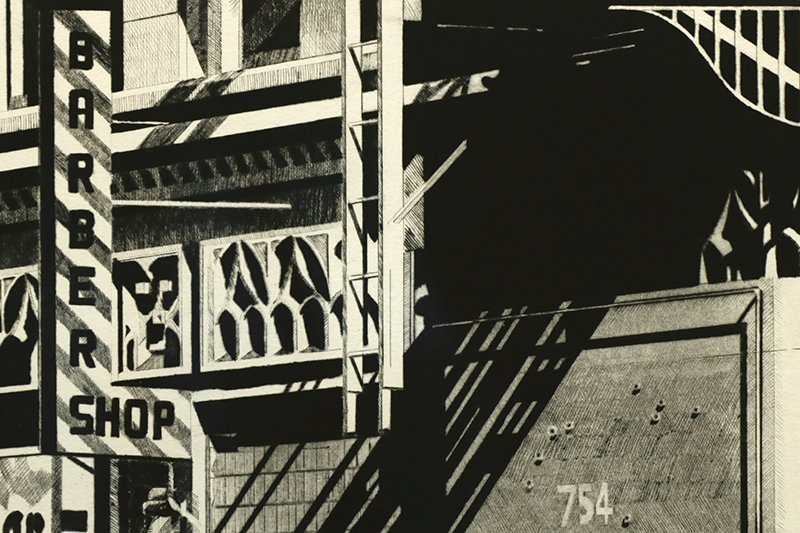
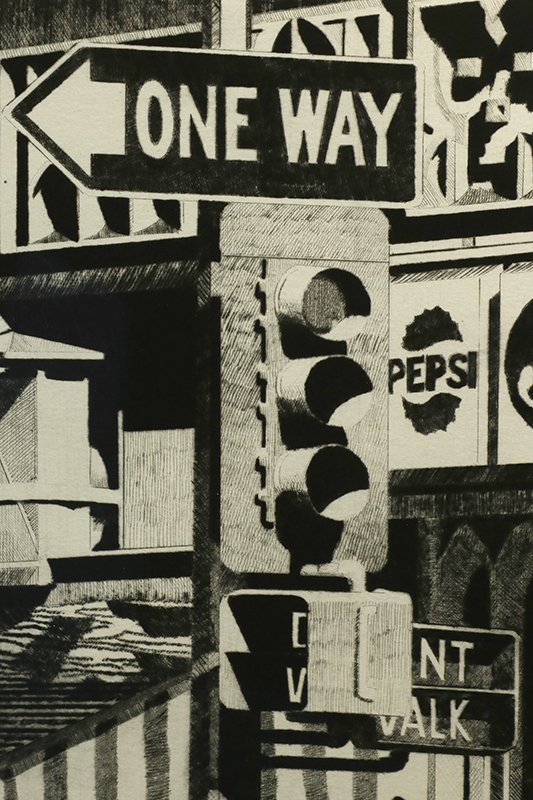
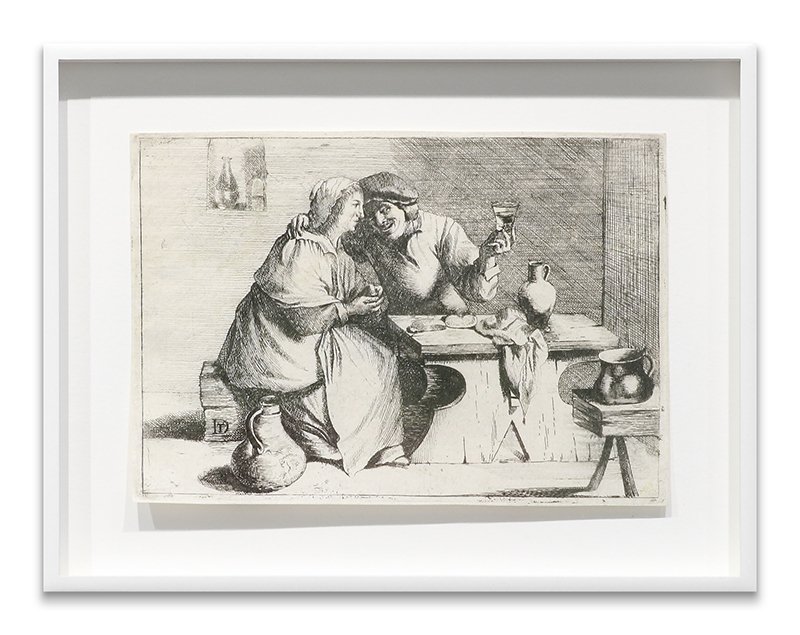
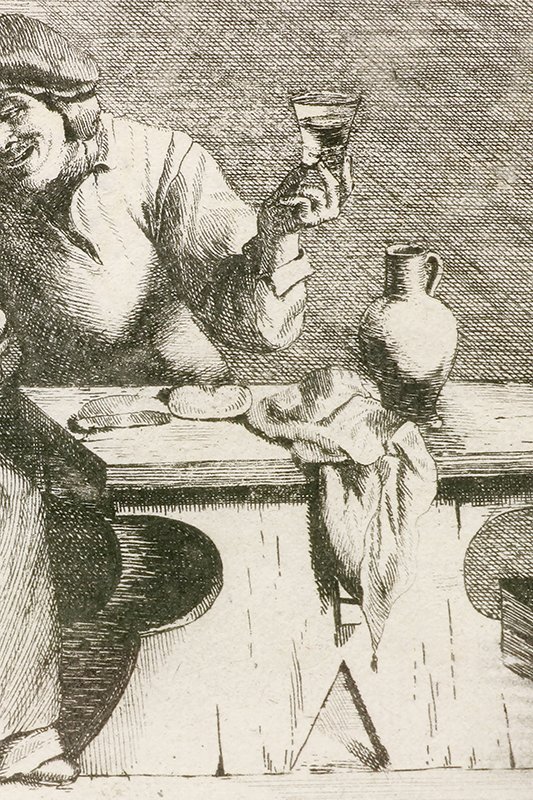
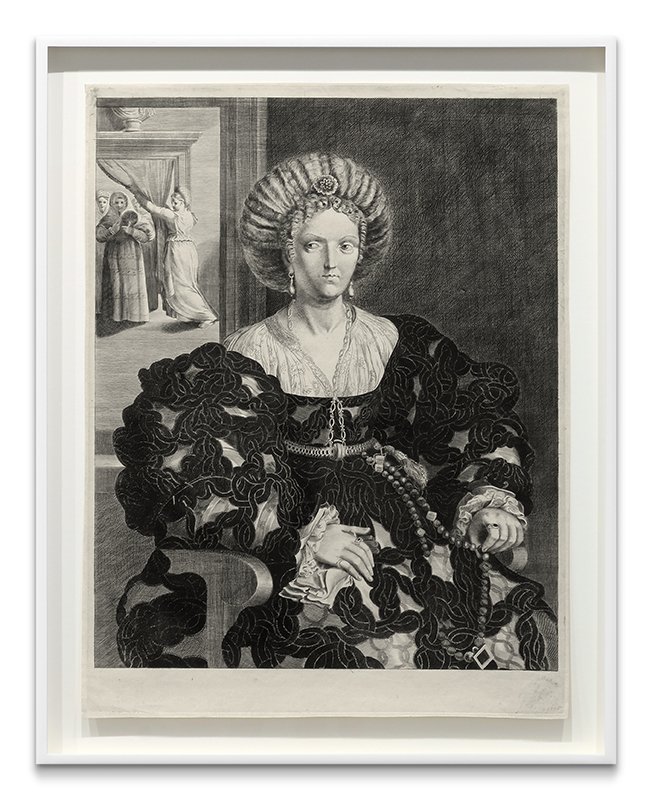
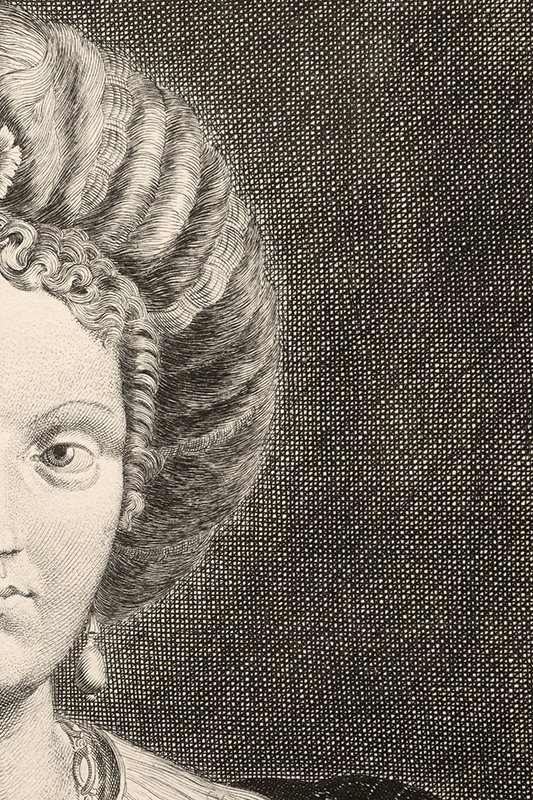

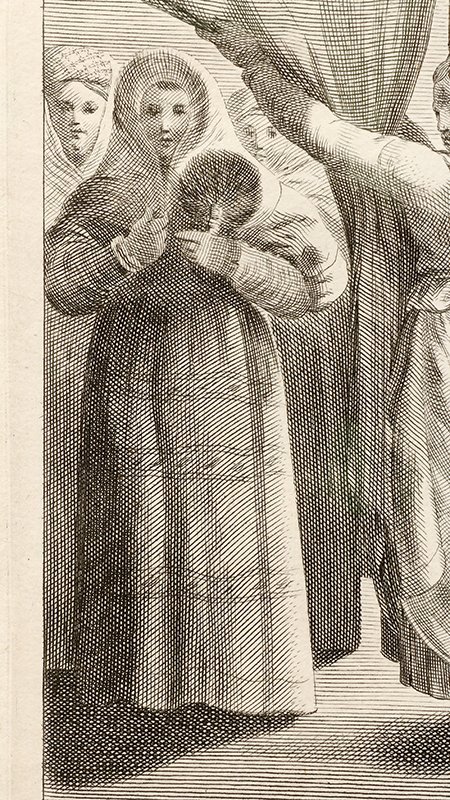
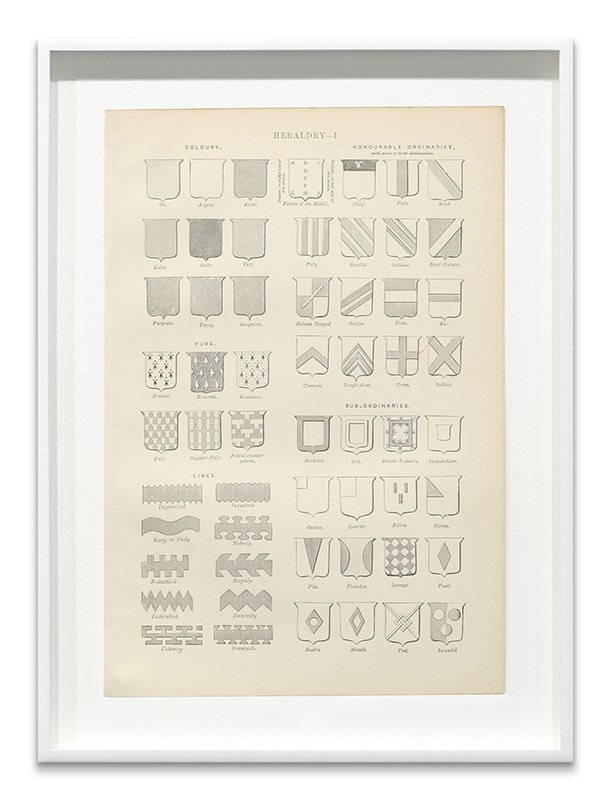
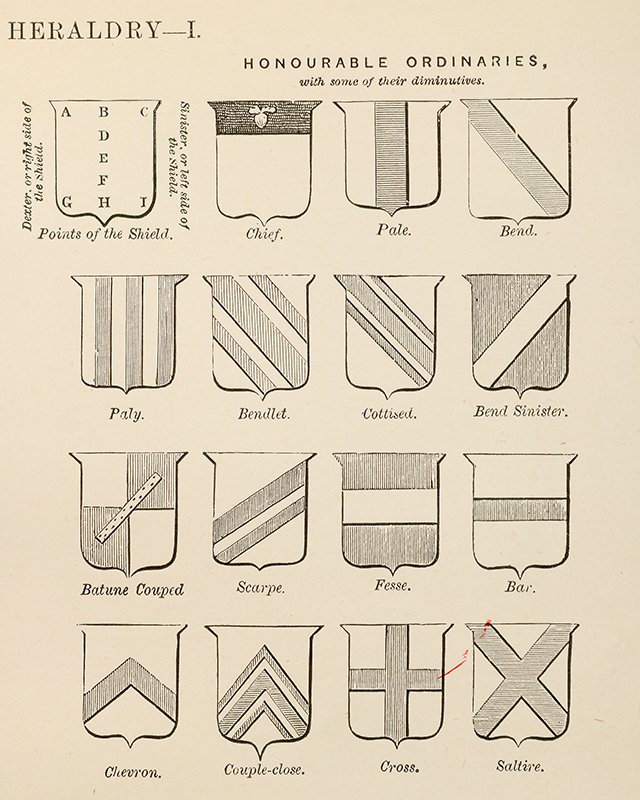
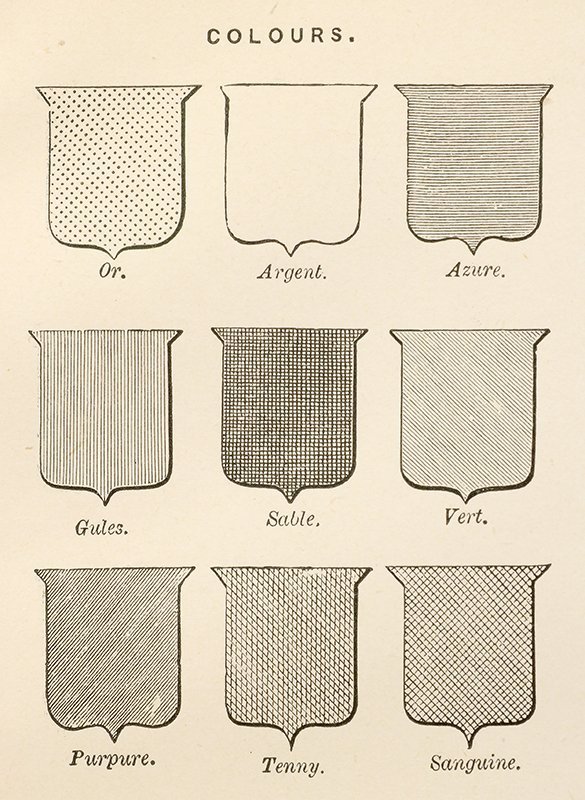
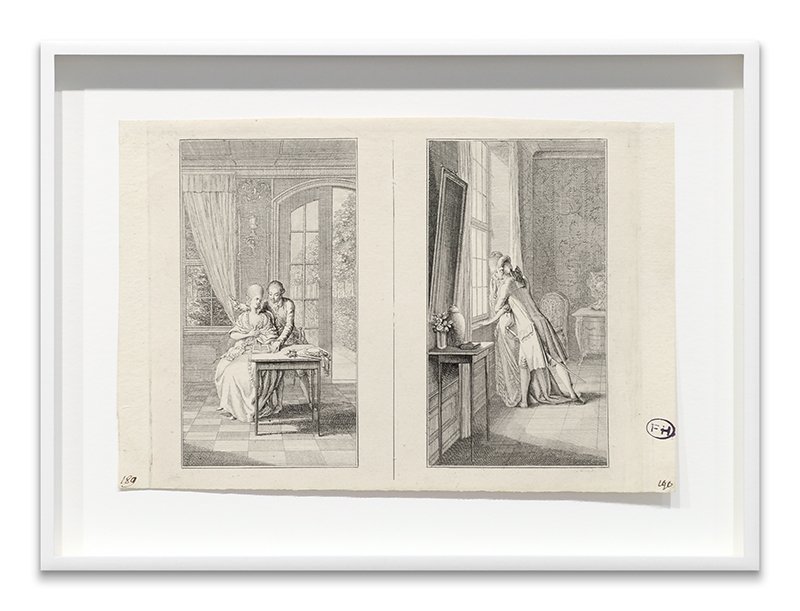
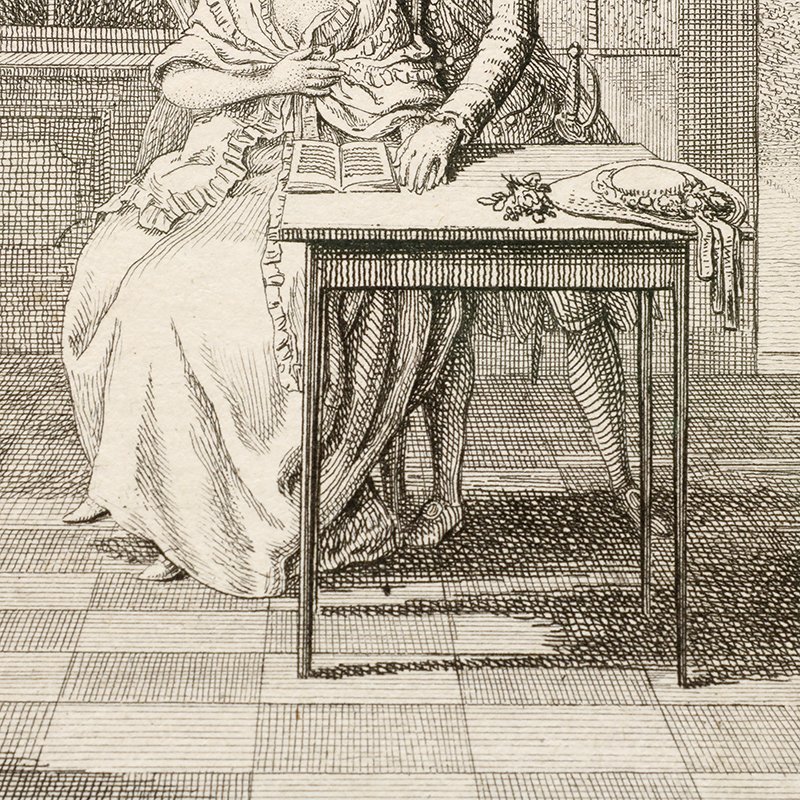
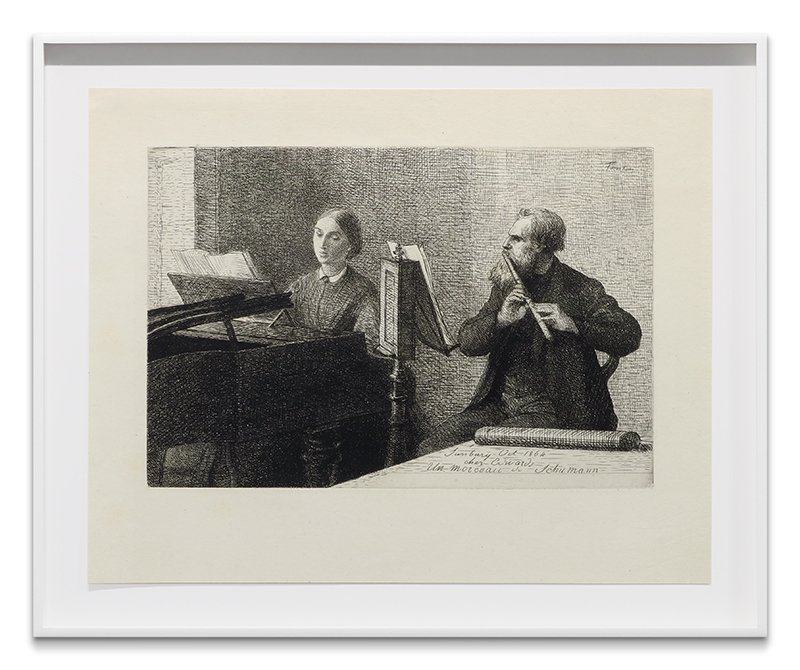
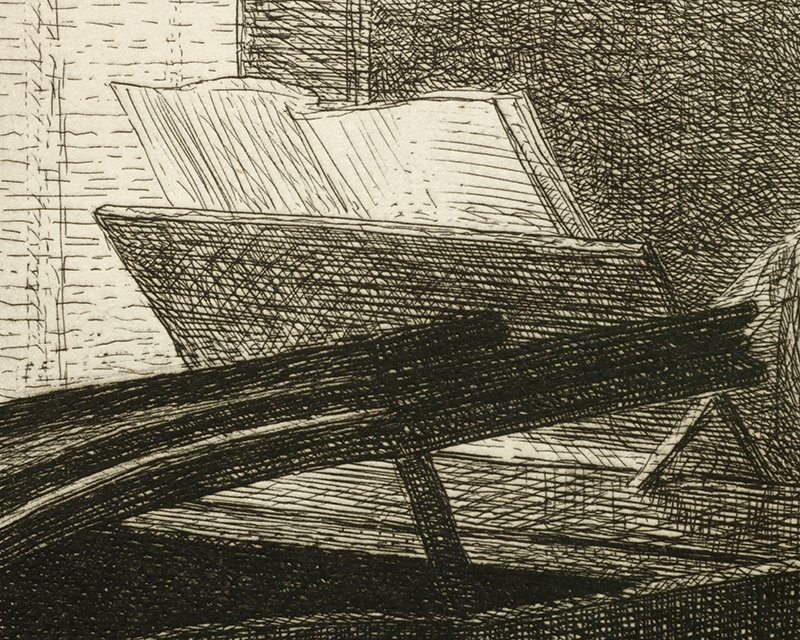

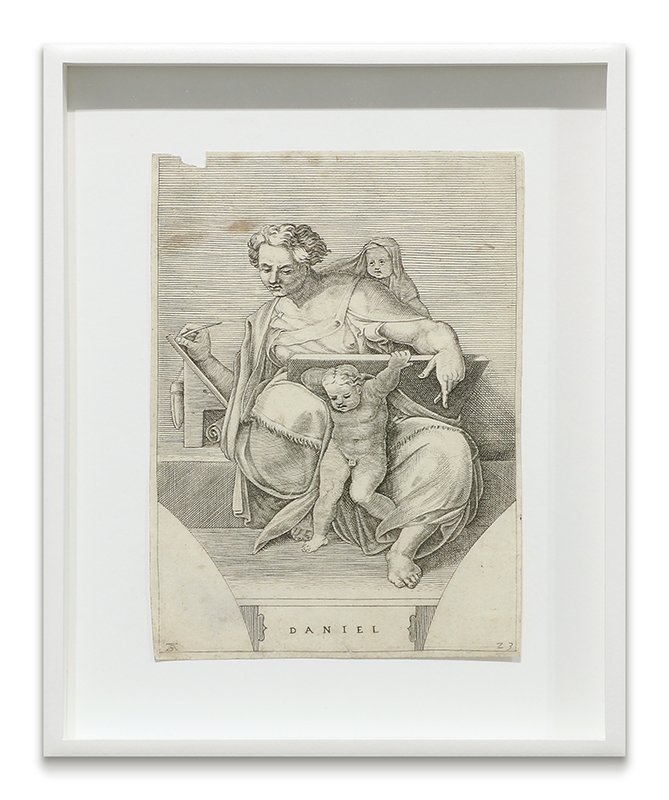
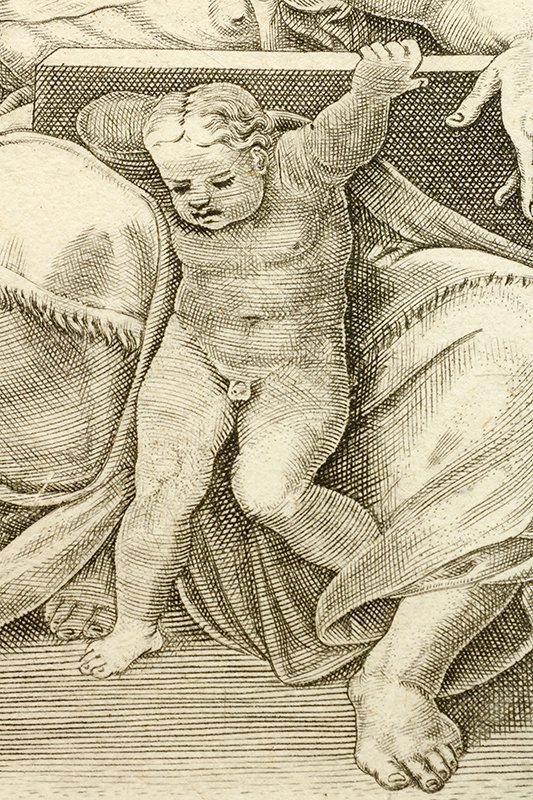
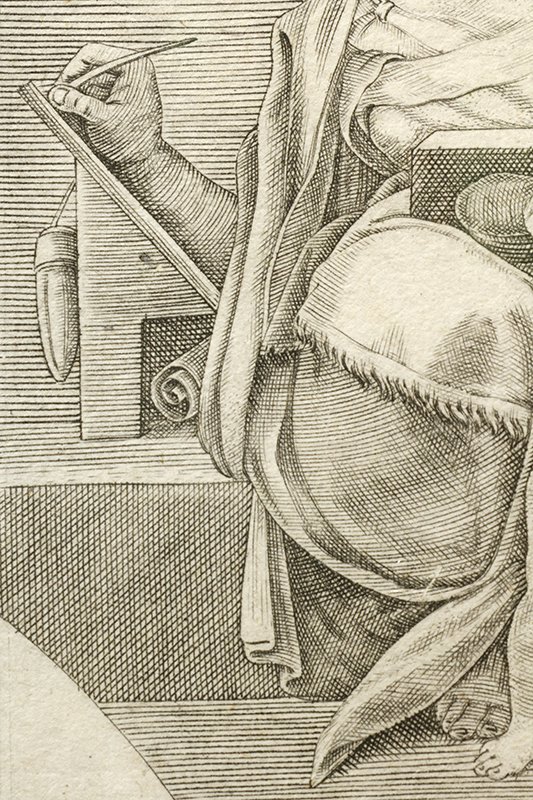
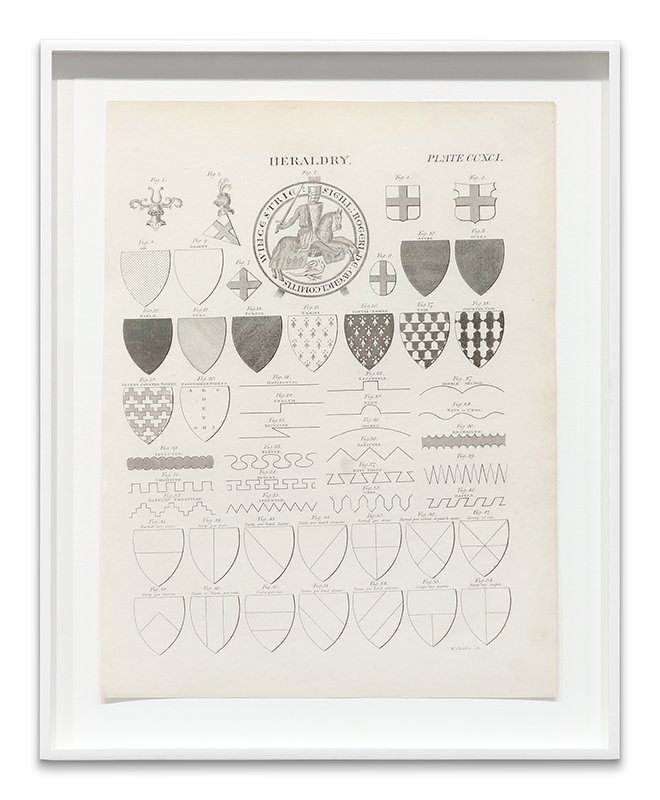
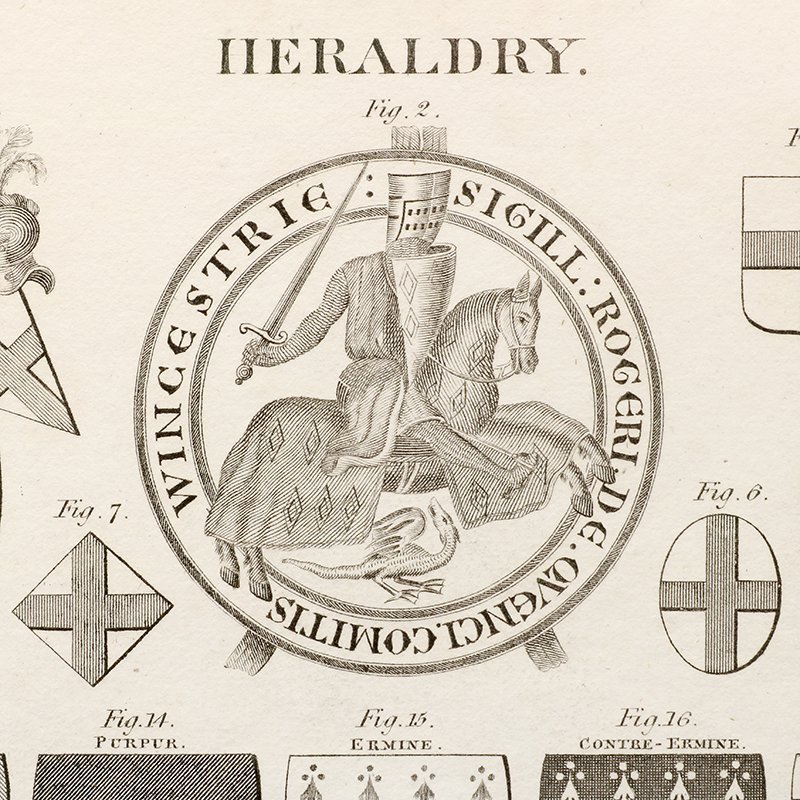
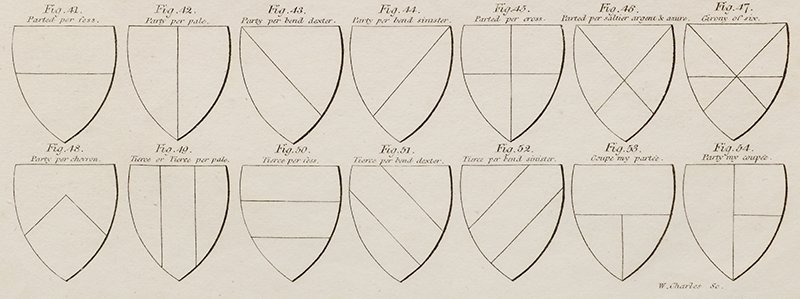
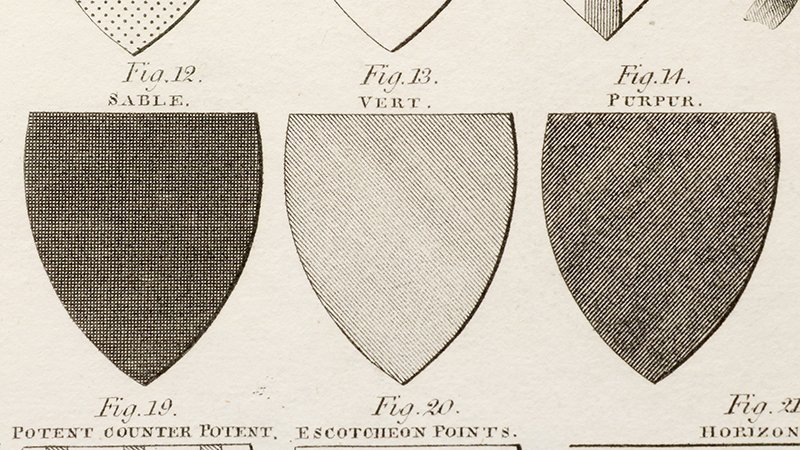
Current installation dimensions: 86 x 118 inches (218.4 x 299.7 cm)
(Inventory #34971)
Exhibited January 14, 2023 – June 17, 2023
“Lines in Four Directions over 450 Years” explores the conceptual, formal, and social aspects of one particular technique from a contemporary perspective. As such, the collection of 28 works by 26 artists hang together on one wall as the latest iteration of Krakow Witkin Gallery’s “One Wall, One Work.” The unifying characteristic in the group is “hatching,” a technique used in Western drawing and printmaking mostly from the 1300’s and on. Hatching uses closely spaced parallel lines and, traditionally, it provides an image with depth, shade, and/or tone. “Crosshatching” uses another set of parallel lines which overlap or cross the hatching to provide further variations in shading. In the late 1960’s, Sol LeWitt used the technique of crosshatching and isolated it from its illustrative purpose. This provided him a visual vocabulary with endless and powerful iterative potential. With LeWitt’s work as inspiration, Krakow Witkin Gallery’s presentation explores differences between artists, techniques, and time periods, all while highlighting issues of equality, innovation, power, and space.
The collection began by putting the above works together and then spending the next few years slowly assembling a family of works that could live together and expand on the works’ conversations, both visually and conceptually. The full list of artists included are George Aikman, Cherubino Alberti, Cornelis Bloemaert, Louis Jacques Cathelin, William Charles, Daniel Nicolaus Chodowiecki, Robert Cottingham, Henri Fantin-Latour, Gego, Pieter Holdsteijn the Younger, William Hogarth, Käthe Kollwitz, Sol LeWitt, Mortimer Menpes, Thomas Milton, Crispin De Passe the Younger, Martin Puryear, Guido Reni, Adamo Scultori, Diana Scultori, Kiki Smith, Henry Ossawa Tanner, David Teniers the Younger, and Jacques Villon, along with two that are unidentified at the present time.
Download the PDF of this project here
Current installation dimensions: 86 x 118 inches (218.4 x 299.7 cm)
(Inventory #34971)
Exhibited January 14, 2023 – June 17, 2023
“Lines in Four Directions over 450 Years” explores the conceptual, formal, and social aspects of one particular technique from a contemporary perspective. As such, the collection of 28 works by 26 artists hang together on one wall as the latest iteration of Krakow Witkin Gallery’s “One Wall, One Work.” The unifying characteristic in the group is “hatching,” a technique used in Western drawing and printmaking mostly from the 1300’s and on. Hatching uses closely spaced parallel lines and, traditionally, it provides an image with depth, shade, and/or tone. “Crosshatching” uses another set of parallel lines which overlap or cross the hatching to provide further variations in shading. In the late 1960’s, Sol LeWitt used the technique of crosshatching and isolated it from its illustrative purpose. This provided him a visual vocabulary with endless and powerful iterative potential. With LeWitt’s work as inspiration, Krakow Witkin Gallery’s presentation explores differences between artists, techniques, and time periods, all while highlighting issues of equality, innovation, power, and space.
The collection began by putting the above works together and then spending the next few years slowly assembling a family of works that could live together and expand on the works’ conversations, both visually and conceptually. The full list of artists included are George Aikman, Cherubino Alberti, Cornelis Bloemaert, Louis Jacques Cathelin, William Charles, Daniel Nicolaus Chodowiecki, Robert Cottingham, Henri Fantin-Latour, Gego, Pieter Holdsteijn the Younger, William Hogarth, Käthe Kollwitz, Sol LeWitt, Mortimer Menpes, Thomas Milton, Crispin De Passe the Younger, Martin Puryear, Guido Reni, Adamo Scultori, Diana Scultori, Kiki Smith, Henry Ossawa Tanner, David Teniers the Younger, and Jacques Villon, along with two that are unidentified at the present time.
Download the PDF of this project here
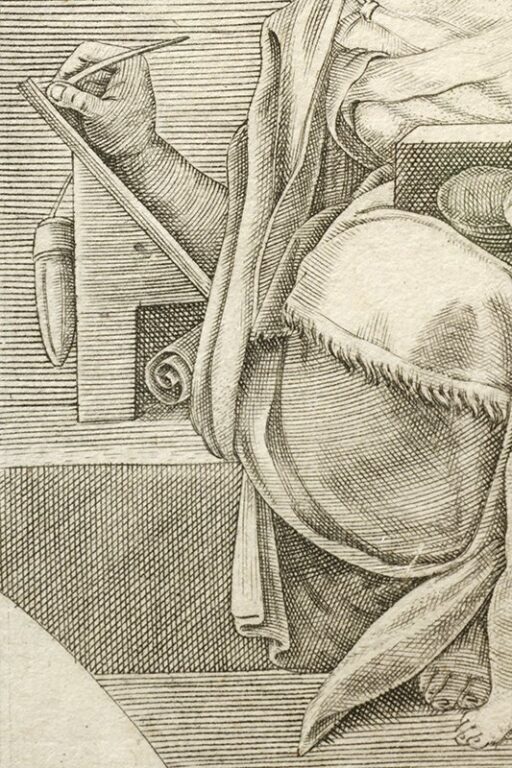
10 Newbury Street, Boston, Massachusetts 02116
617-262-4490 | info@krakowwitkingallery.com
The gallery is free and open to the public Tuesday – Saturday, 10am – 5:30pm